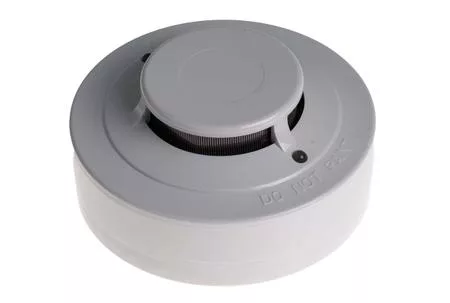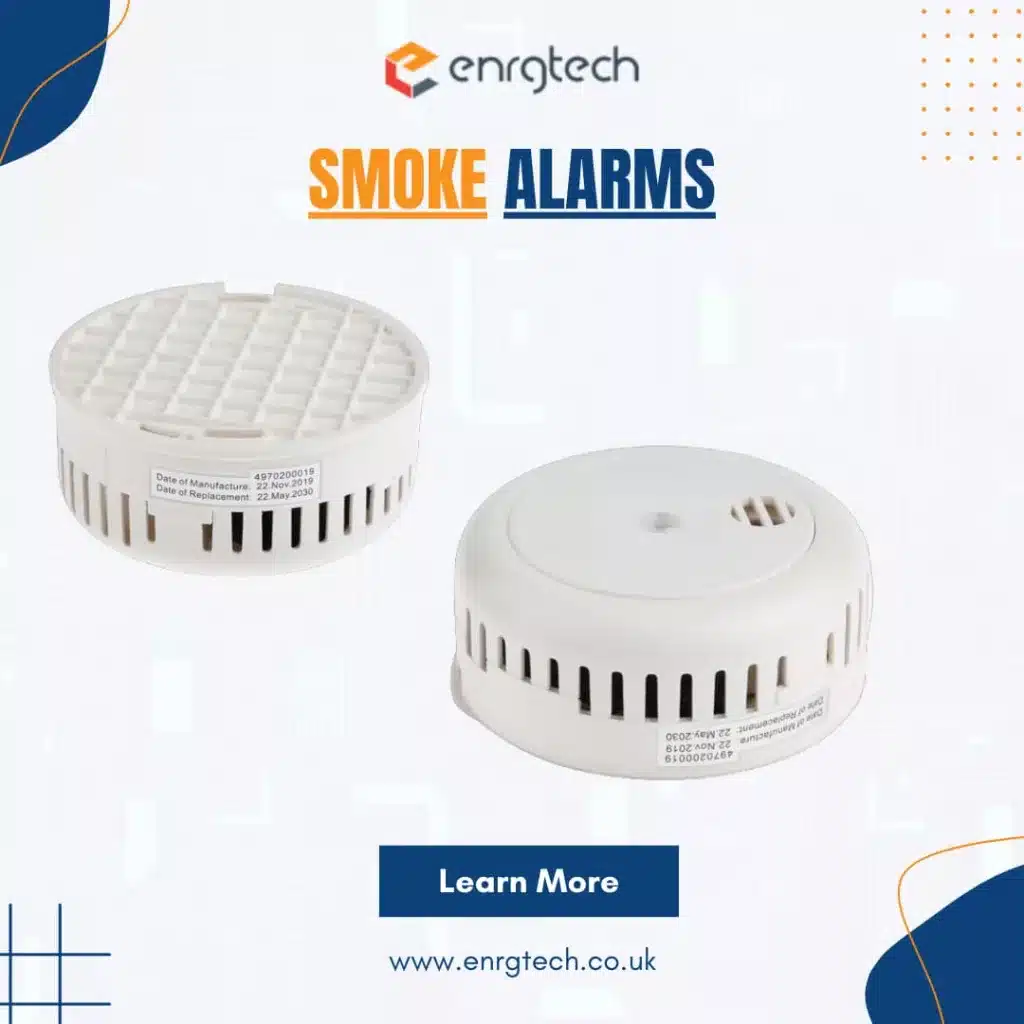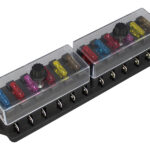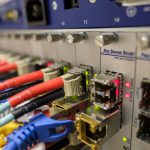
Introduction
Smoke alarms are small devices with a huge responsibility: saving lives. They provide early warnings of fire, giving you precious time to escape. Having prominent importance, many people still remain unaware of these life-saving devices, popular types, sound beeps, and installation guidelines. This guide provides users with a comprehensive understanding of smoke alarm, ensuring they have the knowledge to protect themselves and their loved ones.
What are Smoke Alarms? Definition and Function
Smoke alarms, often called smoke detectors or fire safety alarms, are essential fire safety devices designed to detect smoke and emit a loud sound. These alarms alert the occupants of a potential fire hazard and provide valuable time for escape, providing a means between life and death. A smoke alarm is installed on every level of a home, office, and commercial space. Modern smoke detectors feature advanced technology, including interconnected systems, long-lasting batteries, and even smart connectivity, allowing integration with home automation systems for real-time alerts on your smartphone. Additionally, smoke detectors come in either wired or wireless smoke detectors and ionisation and photoelectric models based on their detection technology.
Why are Smoke Alarms Essential
Fires can ignite and spread rapidly, often producing thick, toxic smoke before flames are even visible. This smoke can incapacitate and even kill within minutes. Smoke alarms act as your first line of defense, detecting smoke particles in the air and emitting a loud alarm to alert you to danger. According to the report of NFPA(National Fire Protection Association), having working smoke alarms significantly increases your chances of surviving a fire. In fact, roughly half of home fire deaths occur in homes without working smoke alarms. This stark statistic underscores the critical importance of having properly installed and maintained smoke detectors.
Two Main Types of Smoke Alarms You Should Know
Smoke alarms are available in two main types, designed for residential use: ionisation and photoelectric. Each type uses a different technology to detect smoke.
Ionization Smoke Alarms
These detectors are typically more responsive to flaming fires, which produce small smoke particles. They comprise radioactive material between two electrically charged plates, ionising the air and creating a current. When smoke approaches the chamber, it disrupts this current, triggering the alarm.
Photoelectric Smoke Alarms
These alarms are generally more responsive to smouldering fires, which produce larger smoke particles. They use a light source and a photocell. In normal conditions, the light beam is directed away from the photocell. Upon entering the smoke into the chamber, it scatters the light, some of which hits the photocell, triggering the alarm.
Where to Place Smoke Alarms? Installation Guidelines
It’s crucial to place smoke alarms correctly to ensure they provide the earliest possible warning in case of a fire. Install smoke alarms:
- Inside and outside each bedroom.
- On every level of the home, including the basement.
- At least 10 feet away from cooking appliances to minimise false alarms.
When installing smoke alarms, consider the following guidelines:
- Mount alarms high on walls or ceilings.
- Avoid placing them near vents or fans.
- Follow manufacturer instructions for specific placement.
Understanding Smoke Alarm Beeps: Critical for Home Safety
Understanding the different beeping patterns of your smoke alarm is crucial for maintaining a safe home environment. Each sound indicates a specific issue, and knowing how to respond can save lives. The following are the different smoke alarm beefs and their meaning:
- Single Chirp – A single chirp every 30 to 60 seconds usually means the battery is low and needs replacing. Ignoring this seemingly minor sound can lead to a non-functioning alarm, putting your household at risk.
- Continuous Beeps – A continuous, loud alarm typically indicates the presence of smoke or fire, signalling to evacuate immediately and call emergency services.
- Intermittent Chirps – Some alarms may also emit different beep patterns to indicate other issues, such as a malfunction or the end of the unit’s lifespan.
Smoke Alarms vs. Carbon Monoxide Detectors: Finding the Difference
Both fire safety alarms and carbon monoxide (CO) detectors are critical safety devices for your home, but they differ in terms of purpose, placement, and hazard detection. Smoke detectors are designed to detect smoke, alerting individuals in case of a fire. They are typically placed on the ceiling or high on walls as smoke rises. Carbon monoxide detectors, on the other hand, are specifically built to detect the presence of carbon monoxide gas–an odourless and colourless toxic gas. They are typically placed near sleeping areas and on every level of your home. Some smoke alarm models combine smoke and carbon monoxide detection for added safety. Here’s a summary table for key differences between a smoke detector and a CO detector.
| Feature | Smoke Alarm | Carbon Monoxide Detector |
| What it detects | Smoke | Carbon monoxide gas |
| Indicates | Fire | Dangerous levels of CO |
| Placement | Ceiling or high on walls | Ceiling or walls, near sleeping areas and potential CO sources |
| Sound | Loud, high-pitched alarm | Series of beeps or distinct alarm pattern |
Smoke Alarms for People with Hearing Impairments
Specialised smoke alarms are available for people with disabilities. These alarms use powerful strobe lights and vibrating devices in addition to or instead of audible alarms. Some models can be interconnected with standard alarms to alert all occupants. Smoke alarms for deaf and hard-of-hearing people also come with a vibrating pad placed under the pillow to awaken someone asleep.
Final Thoughts
Smoke alarms are an indispensable part of home safety, providing you with the early warning you need to escape a fire safely. Opting for alarms with interconnectivity can significantly improve the safety of larger or multi-storey buildings, as all inhabitants are alerted simultaneously. Remember, working smoke detectors save lives and are an investment in your own safety and that of your loved ones.























